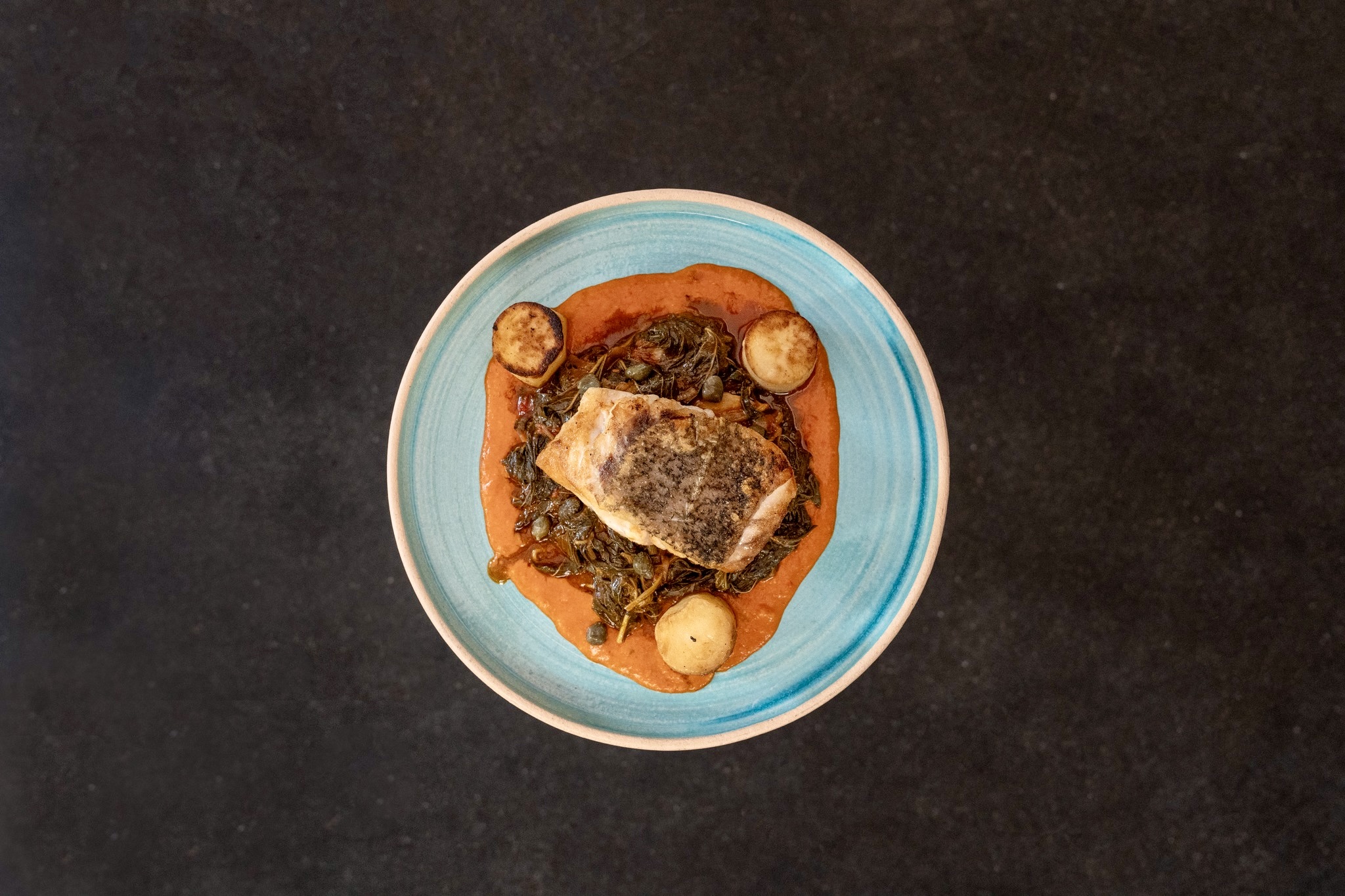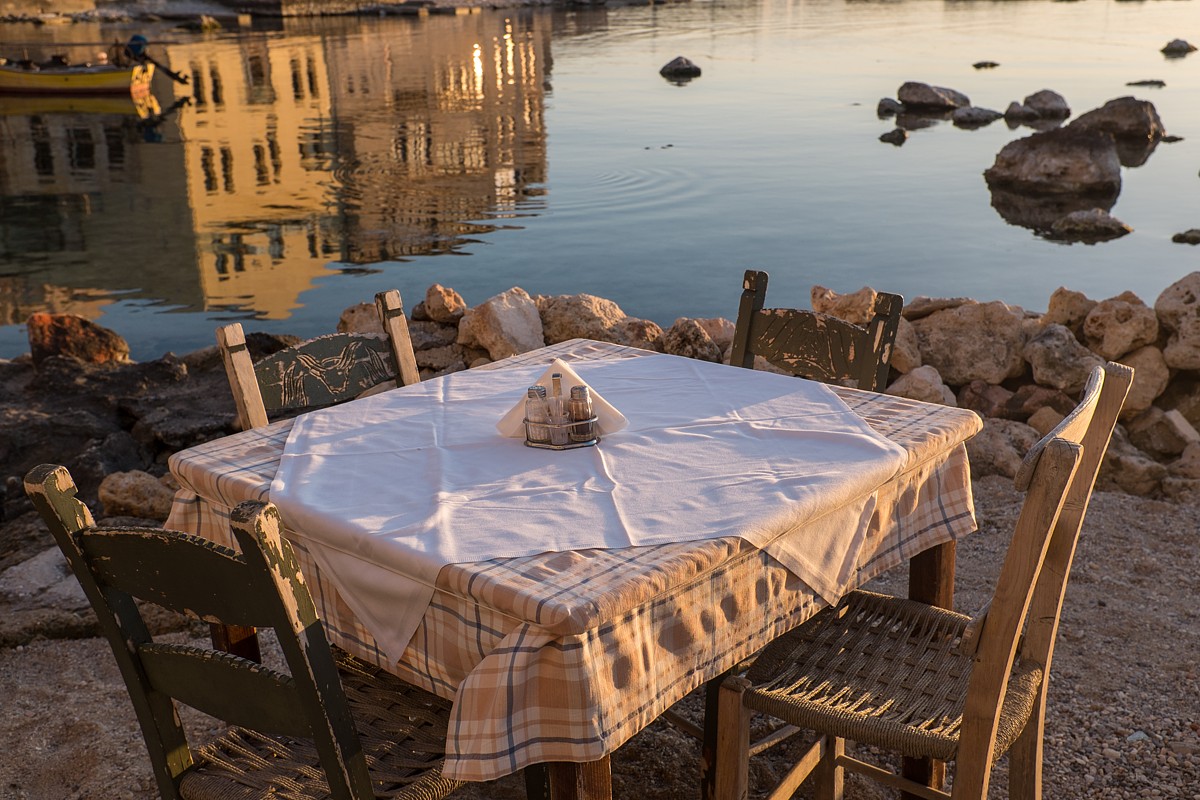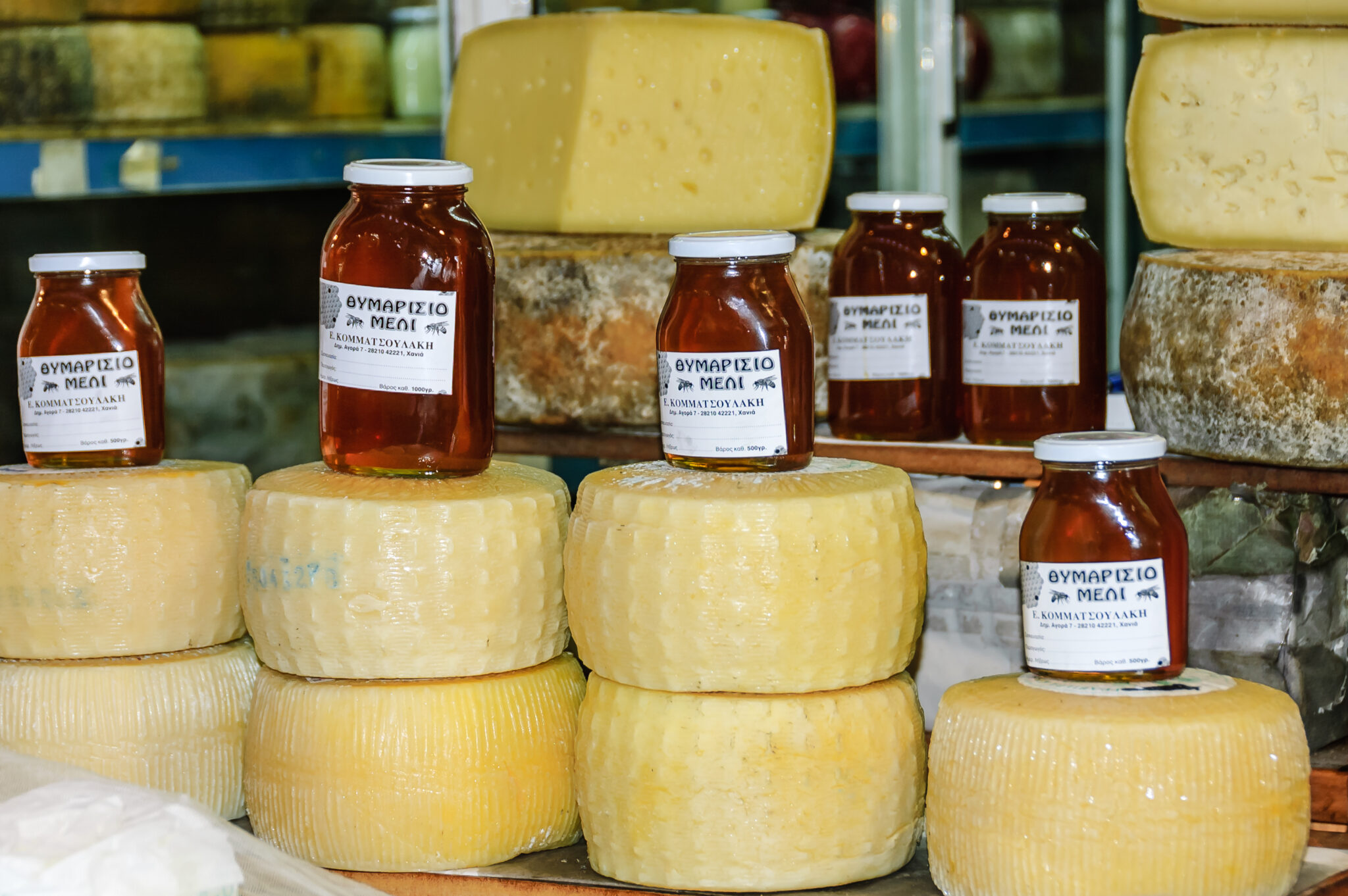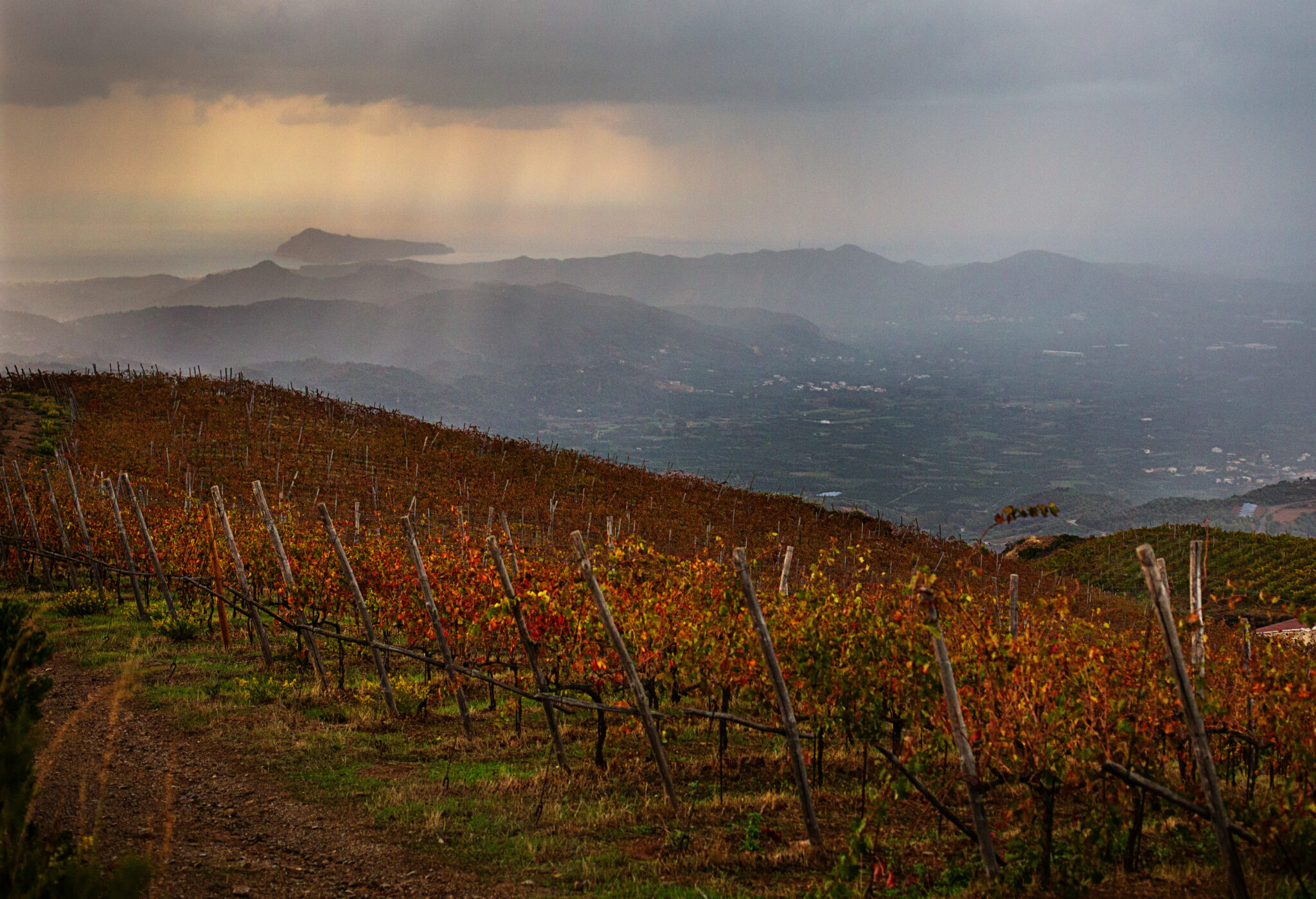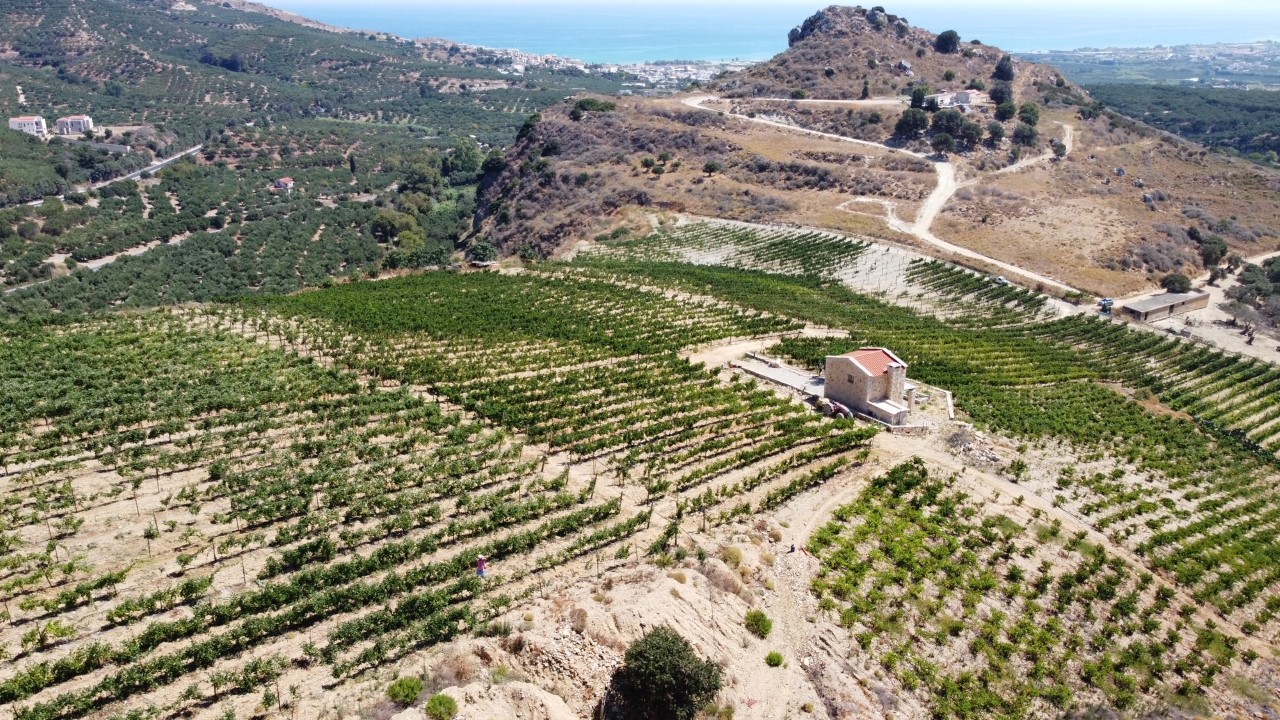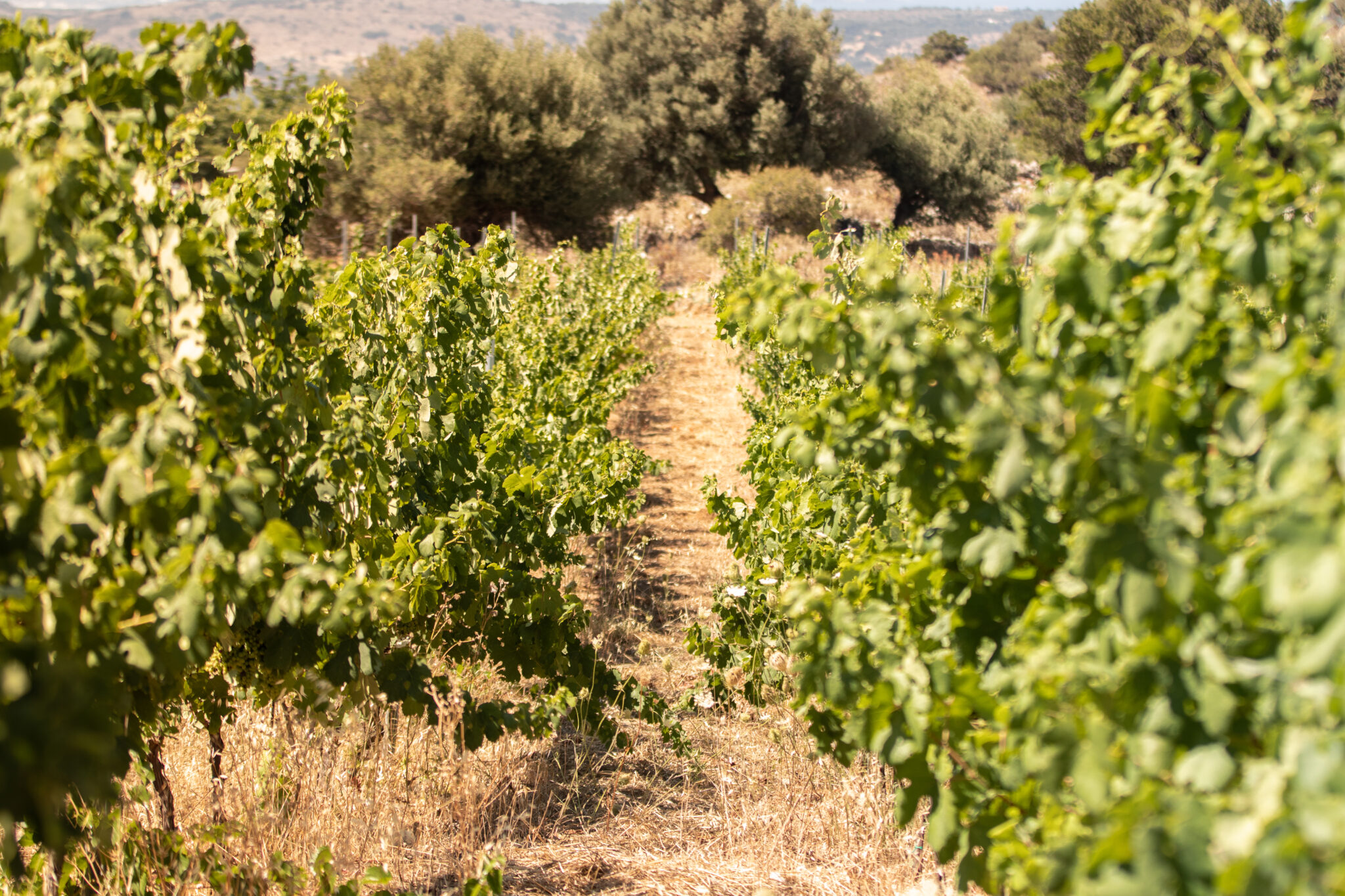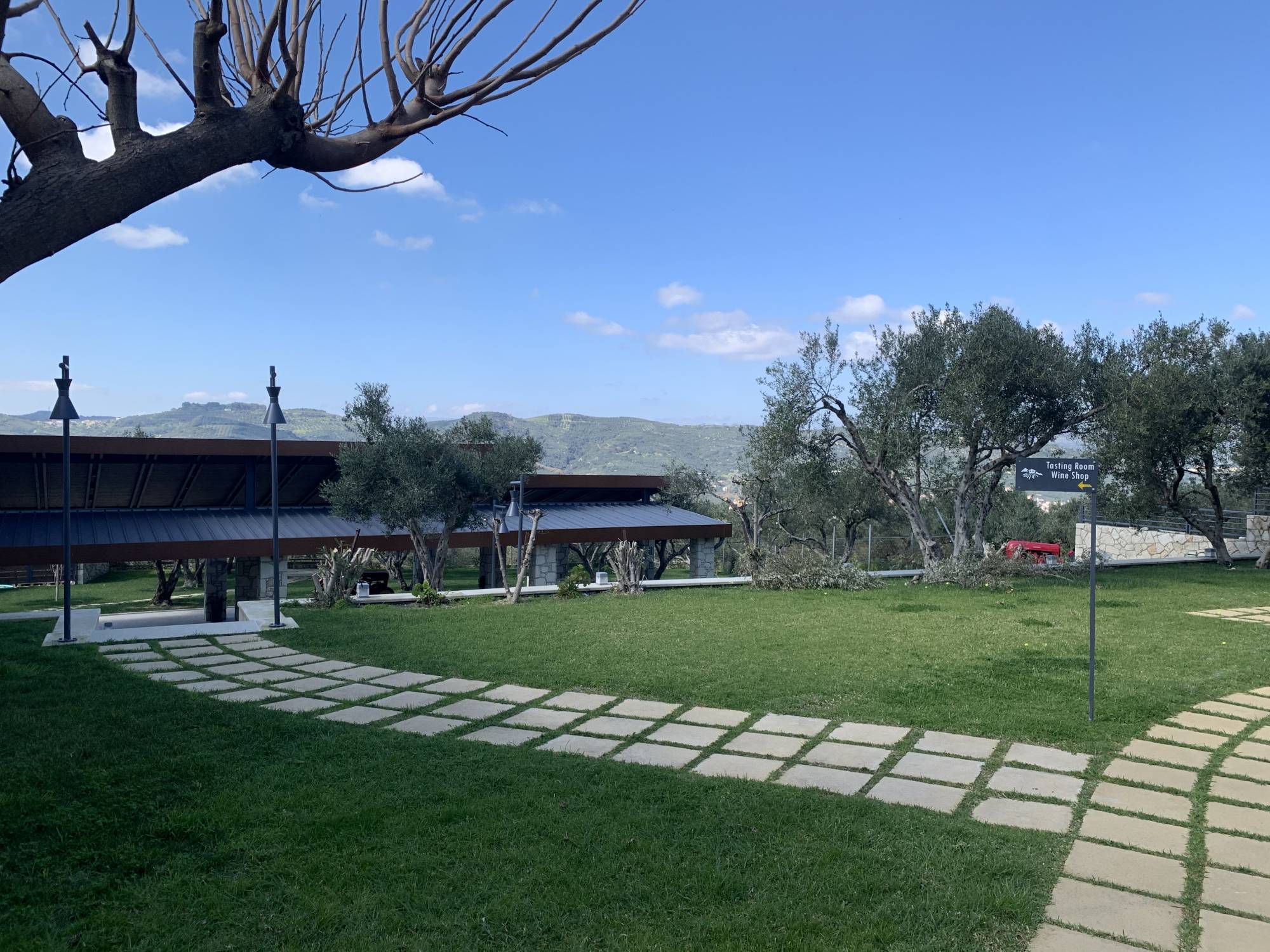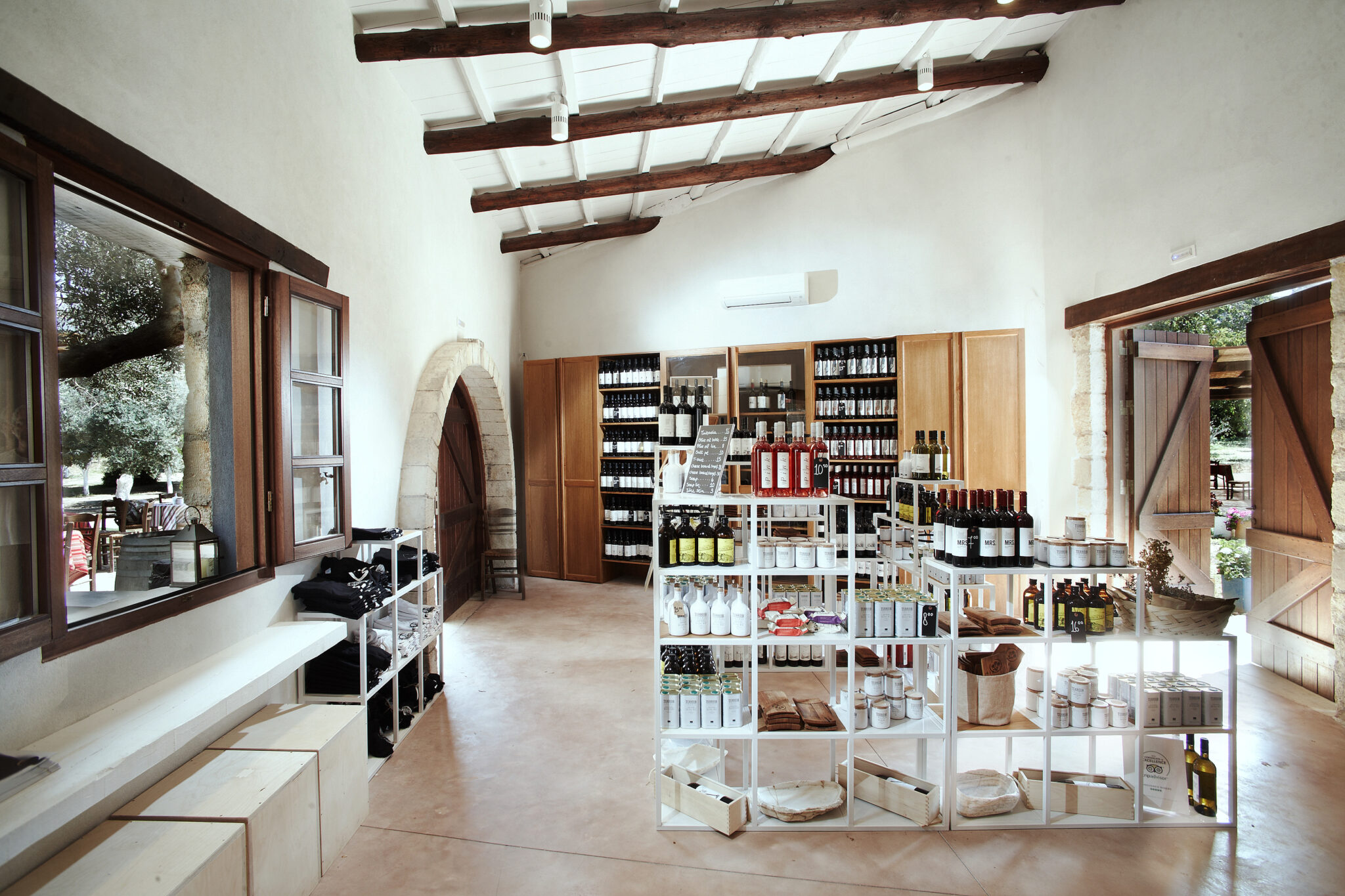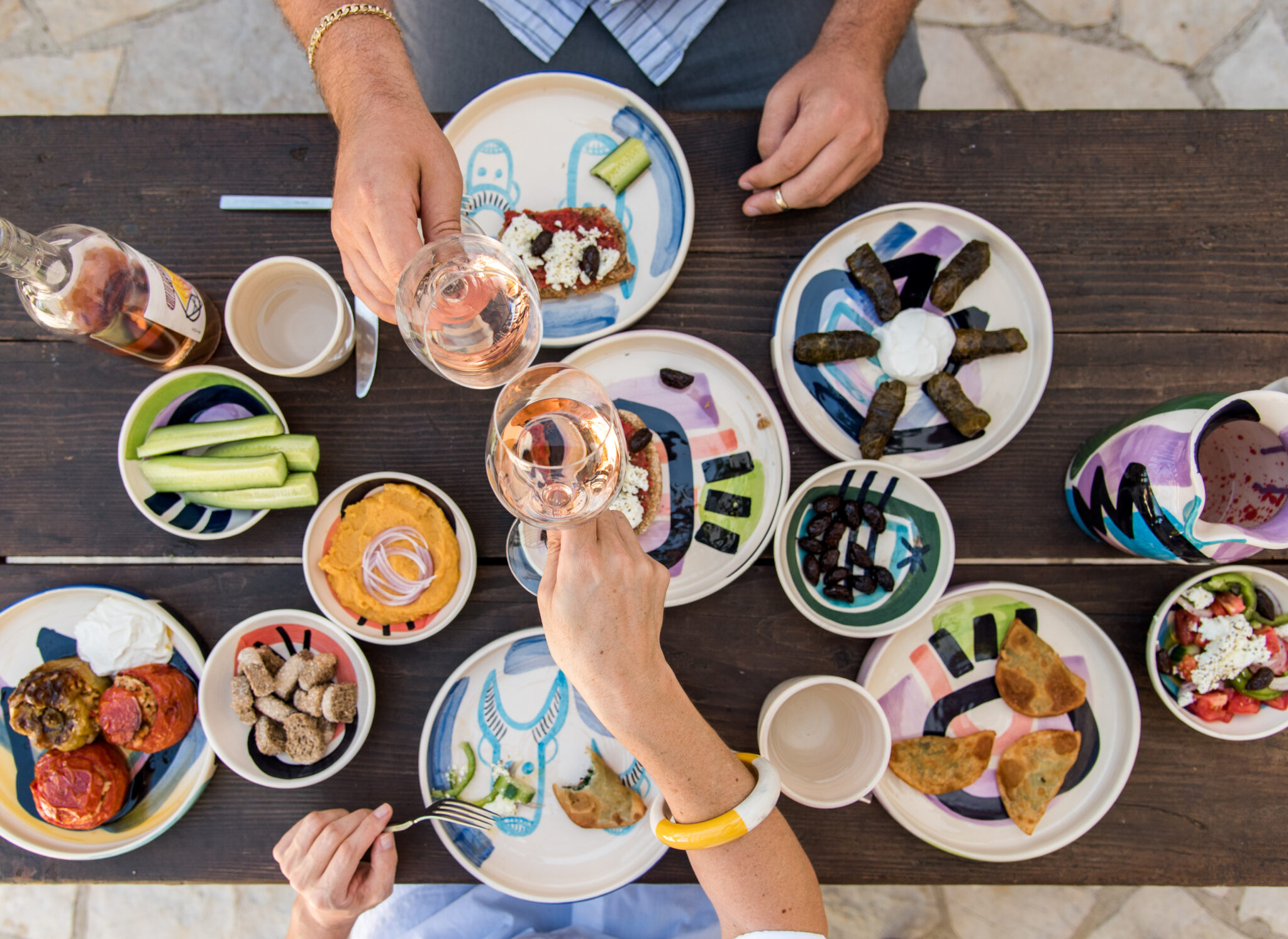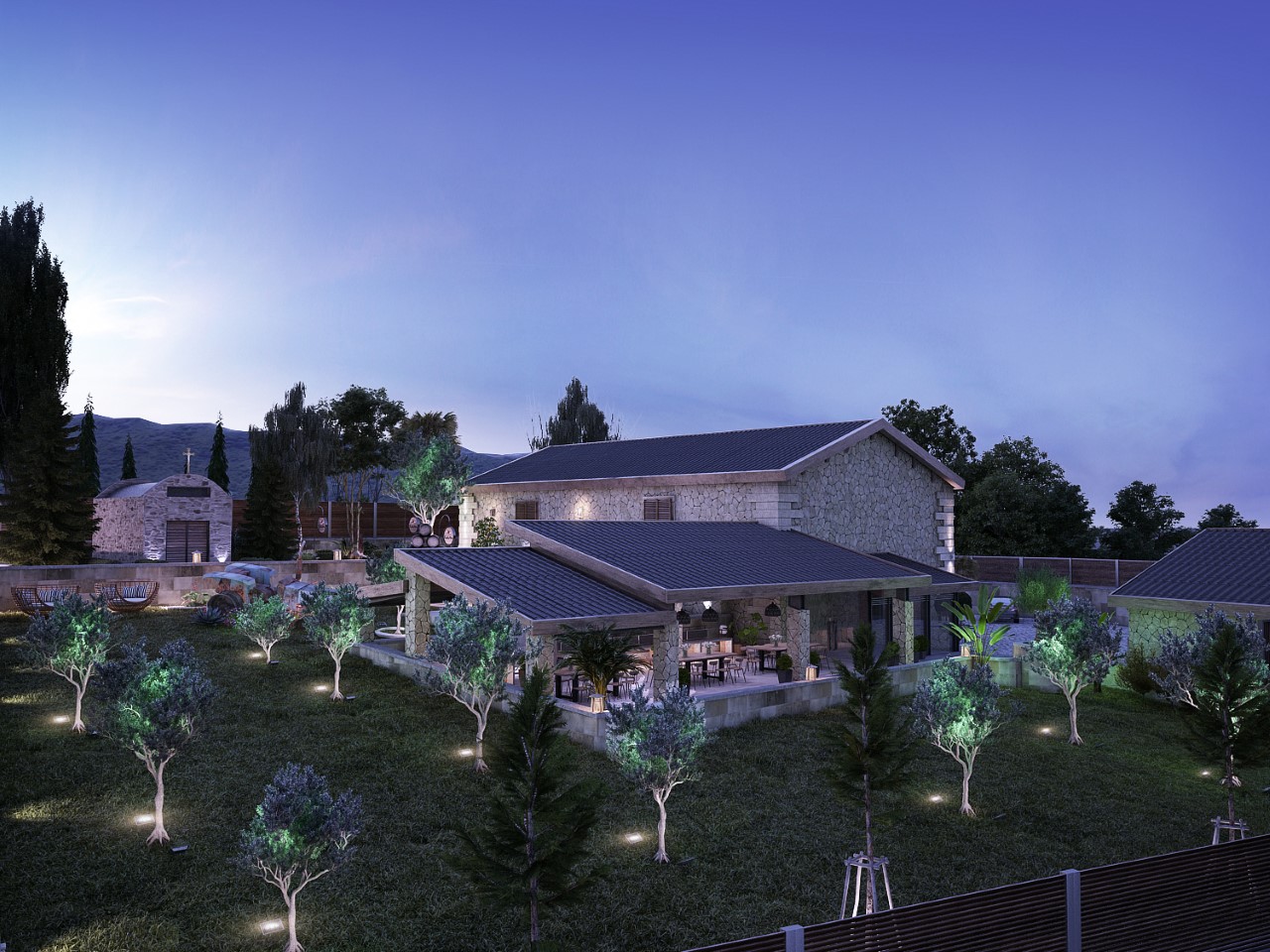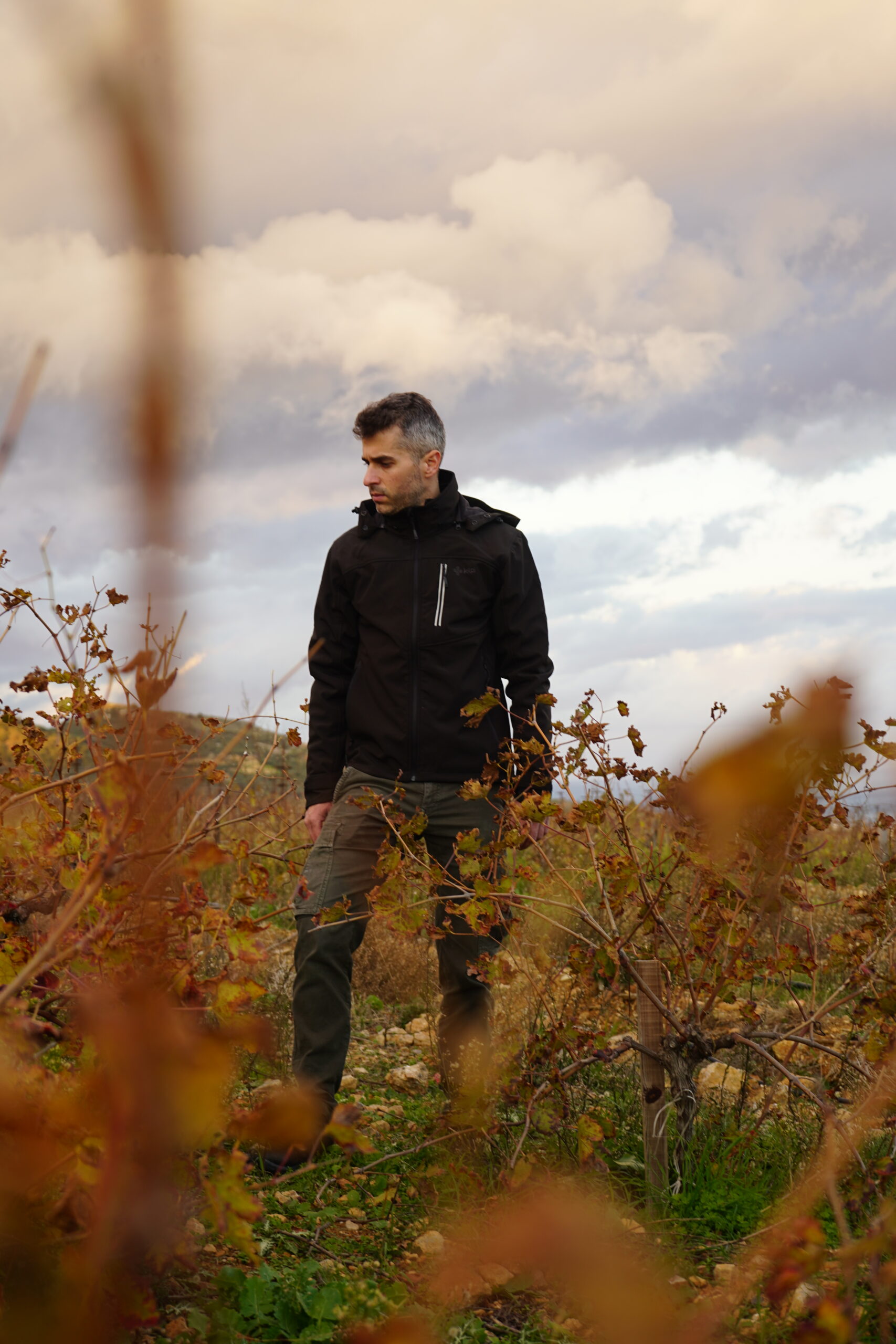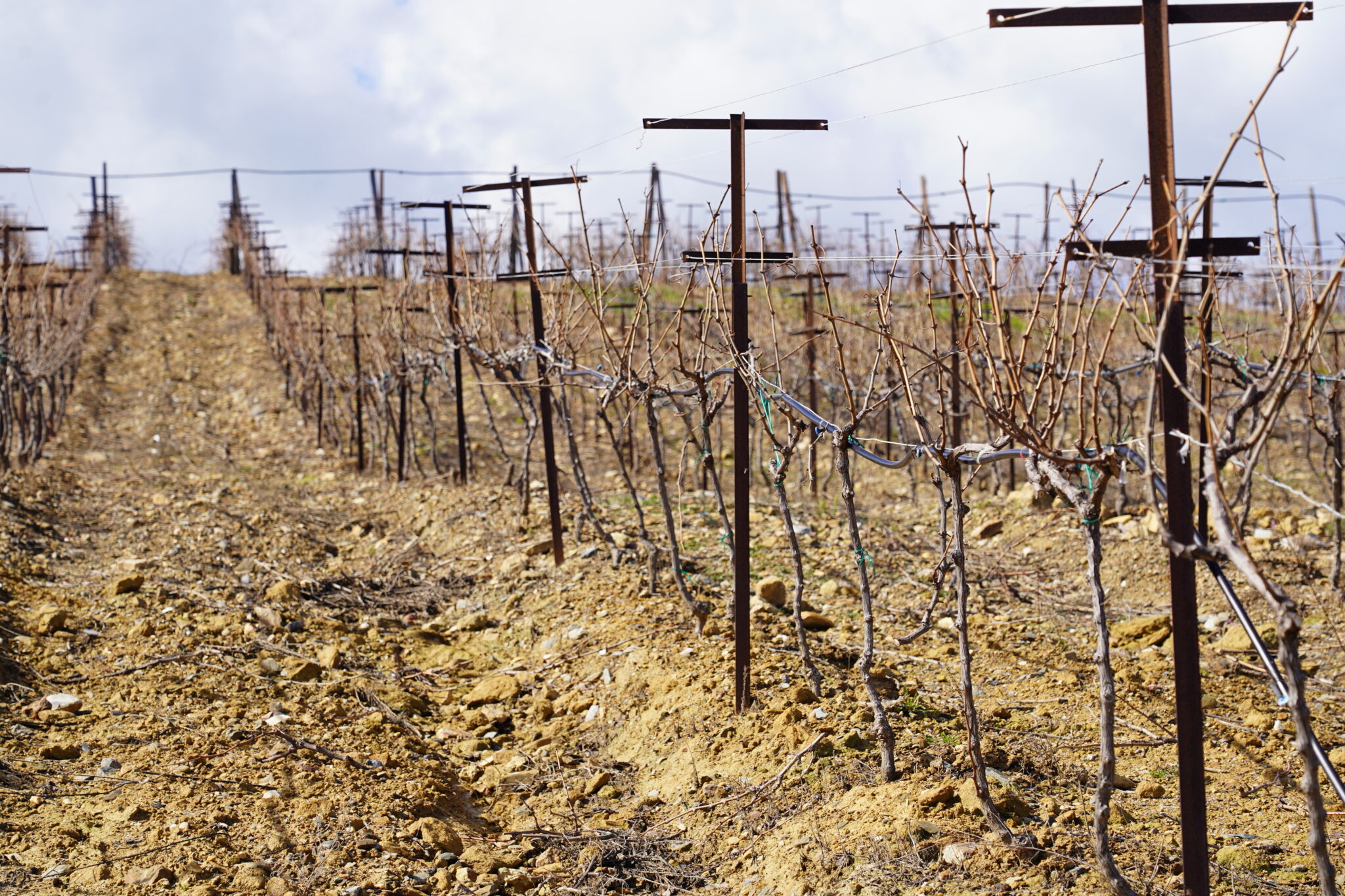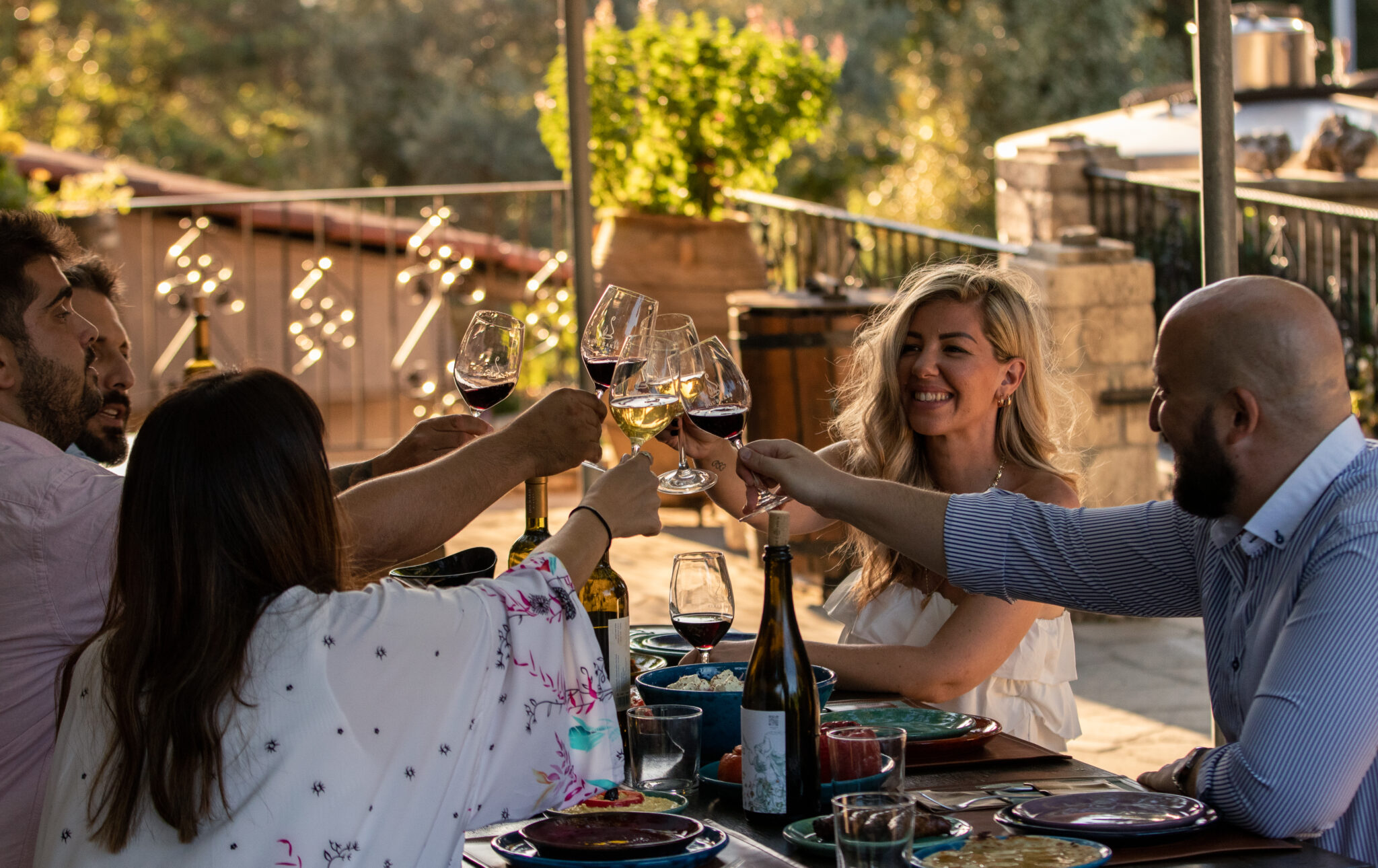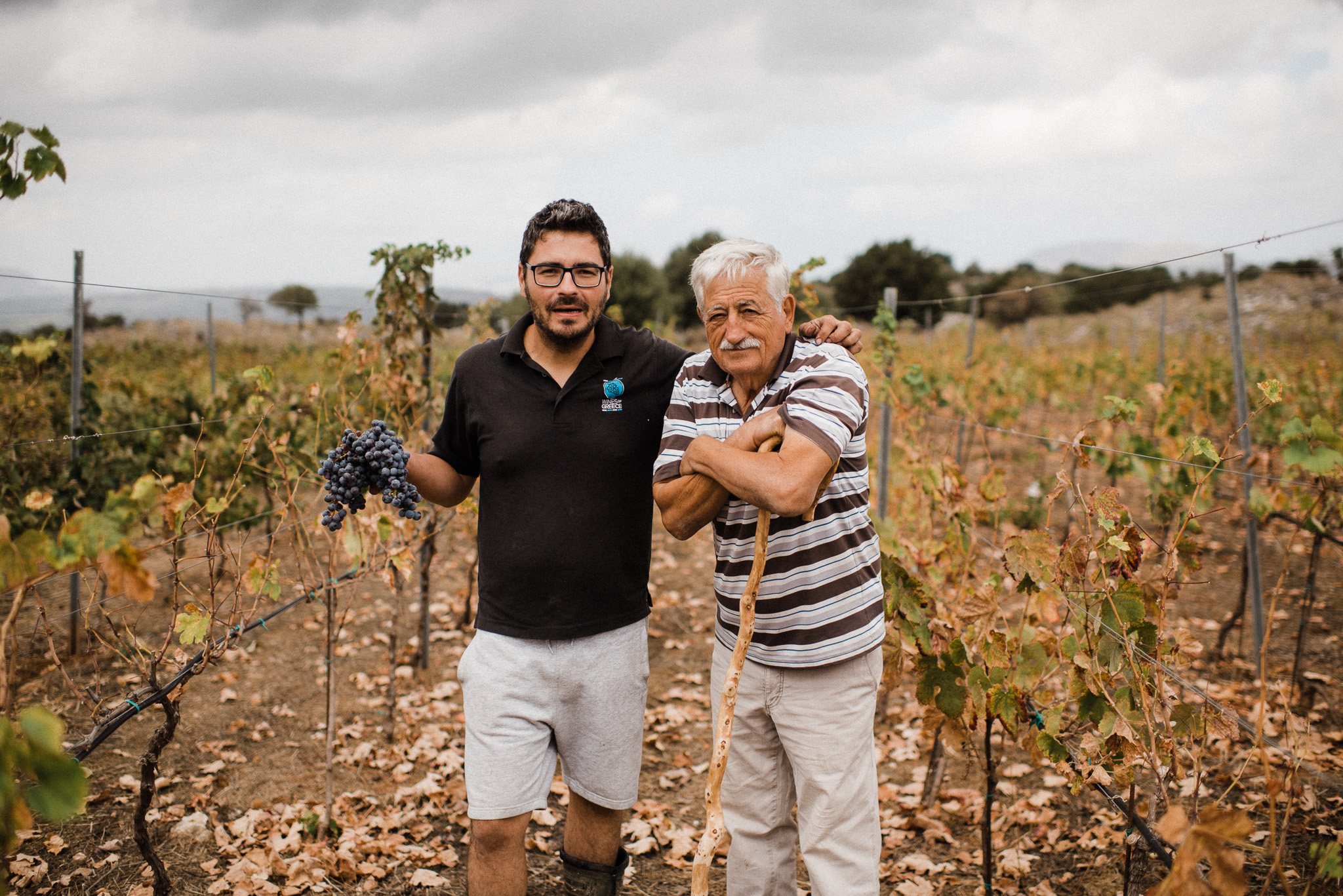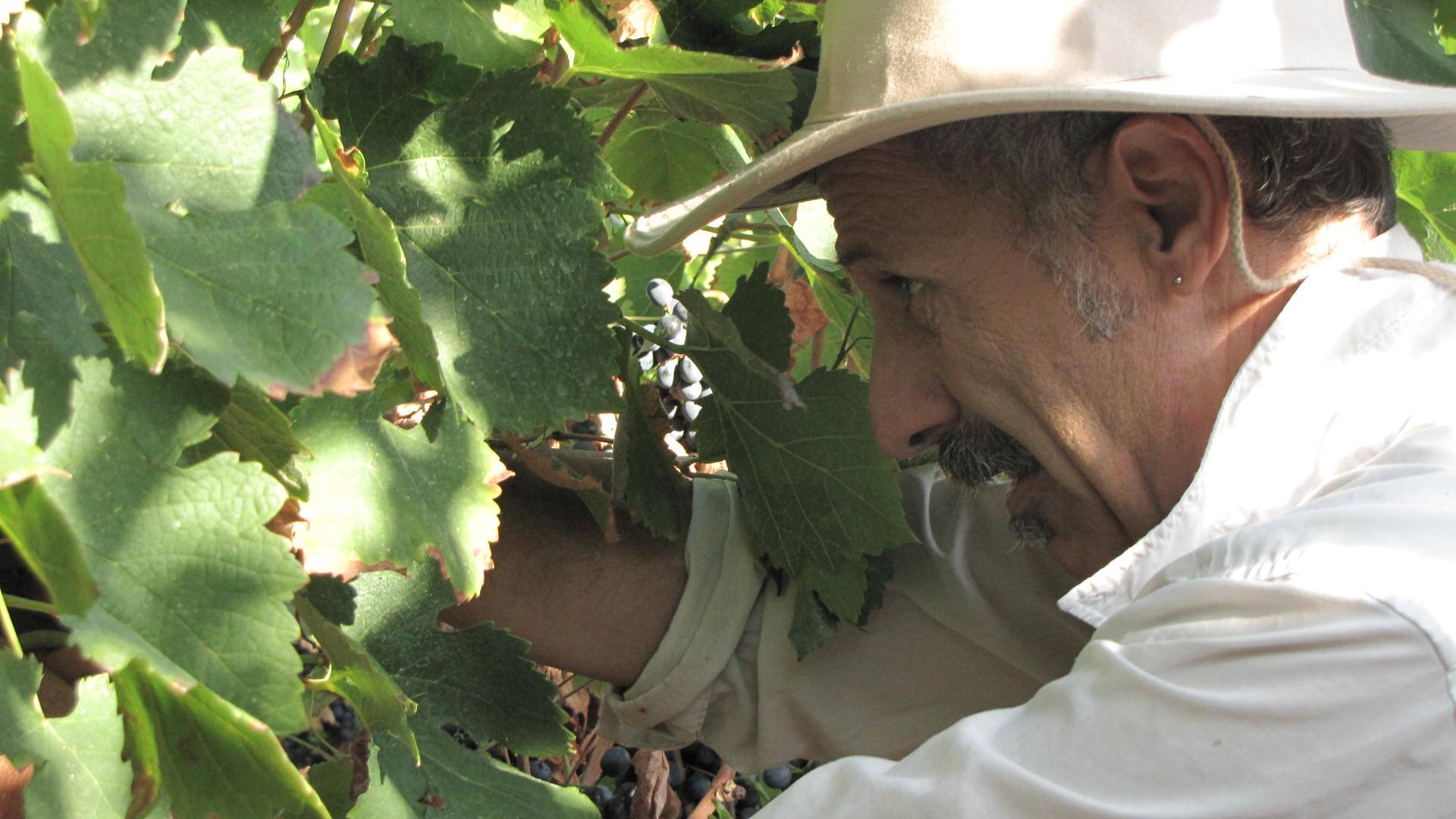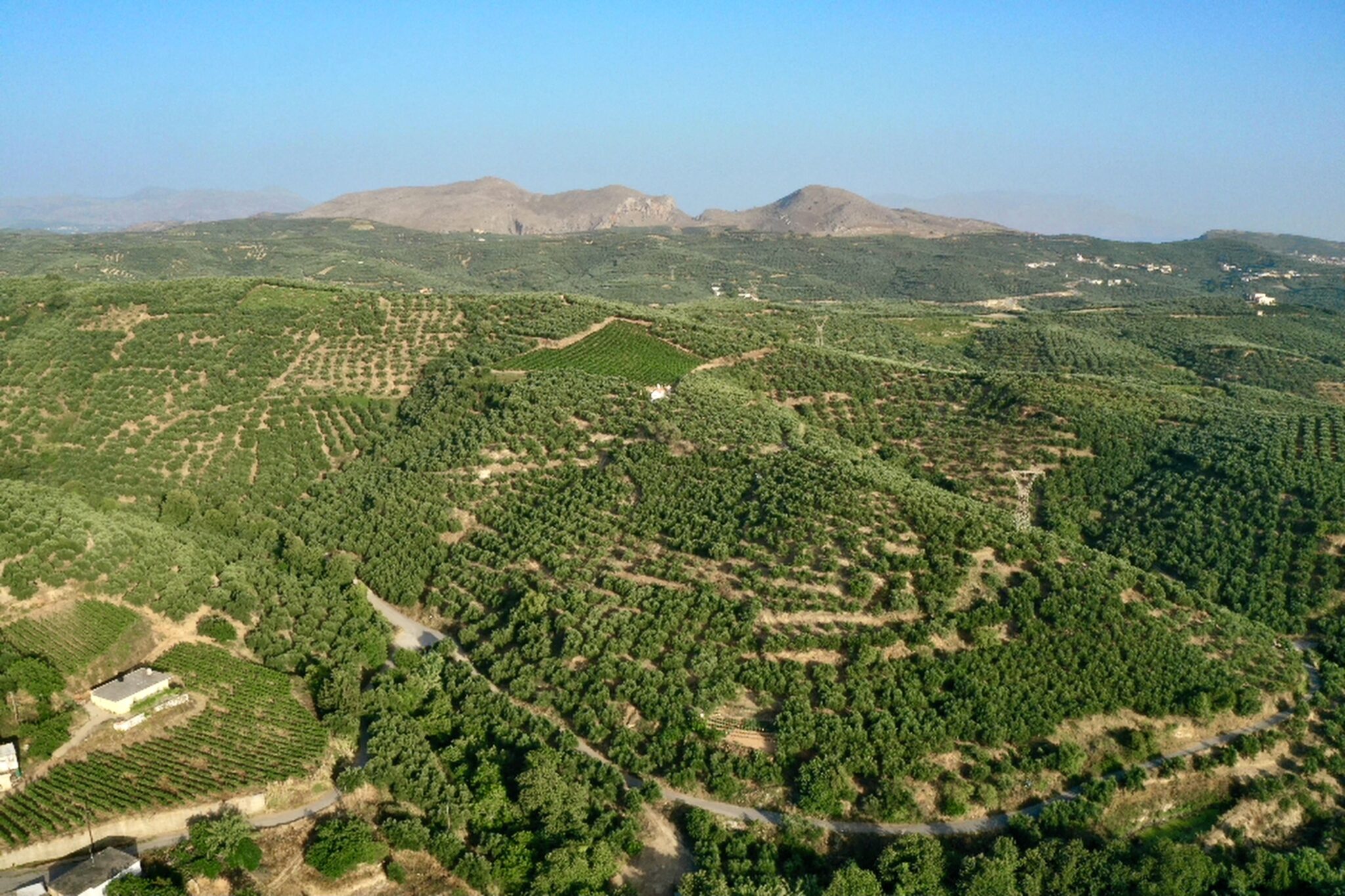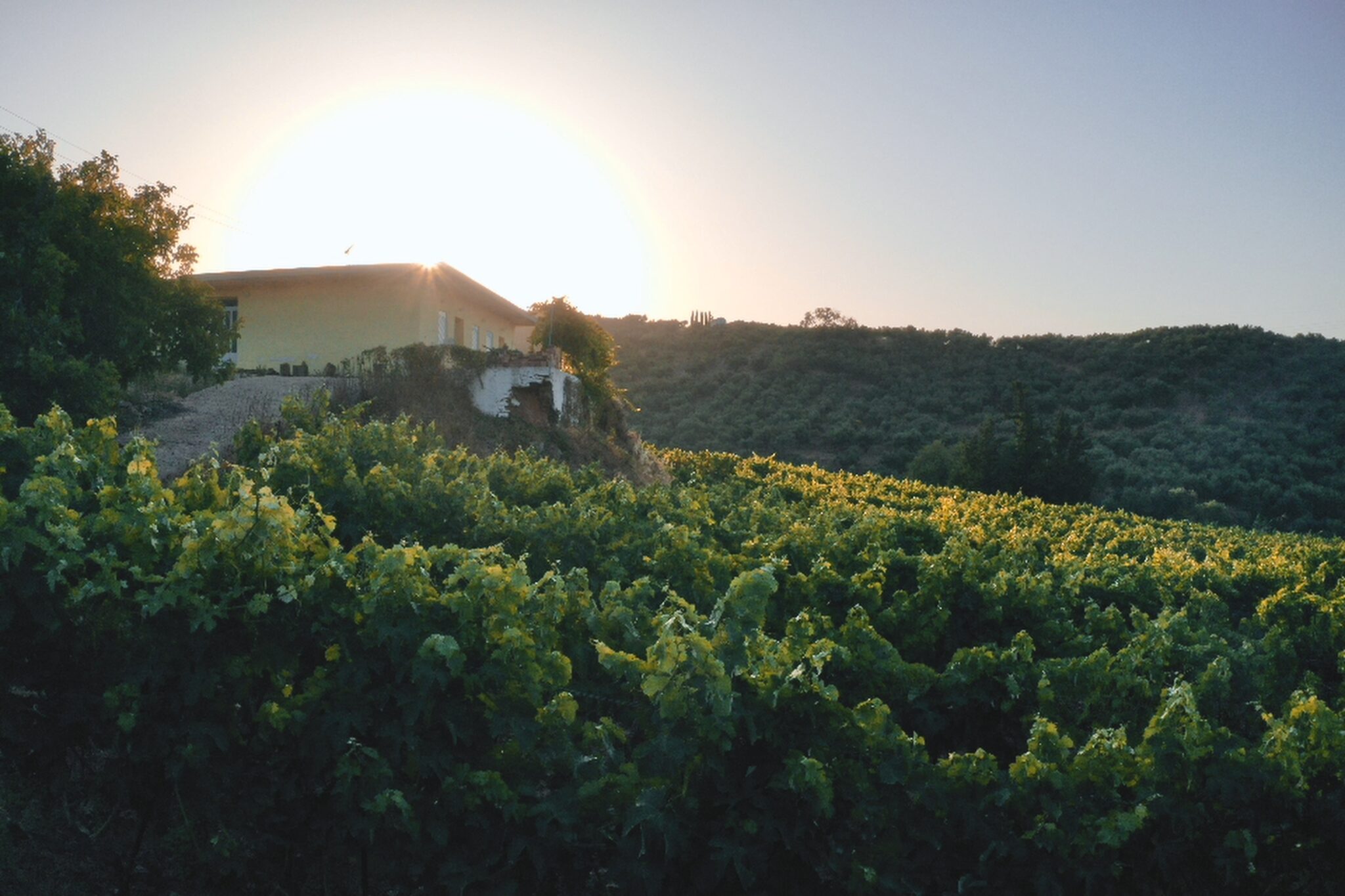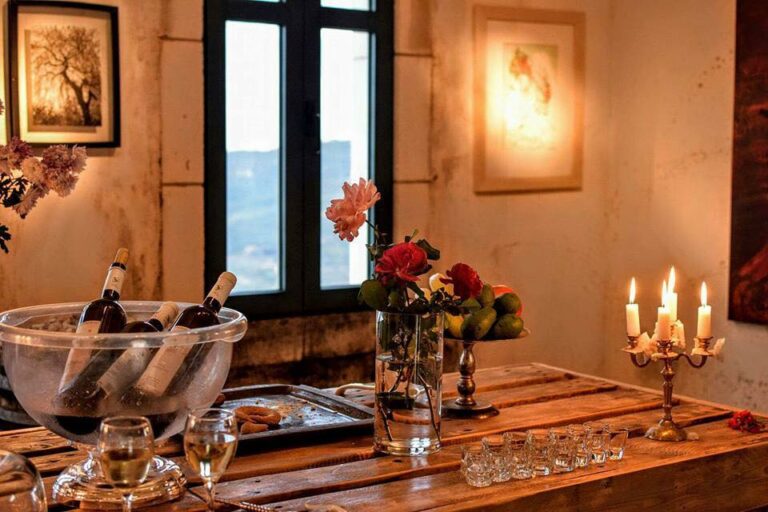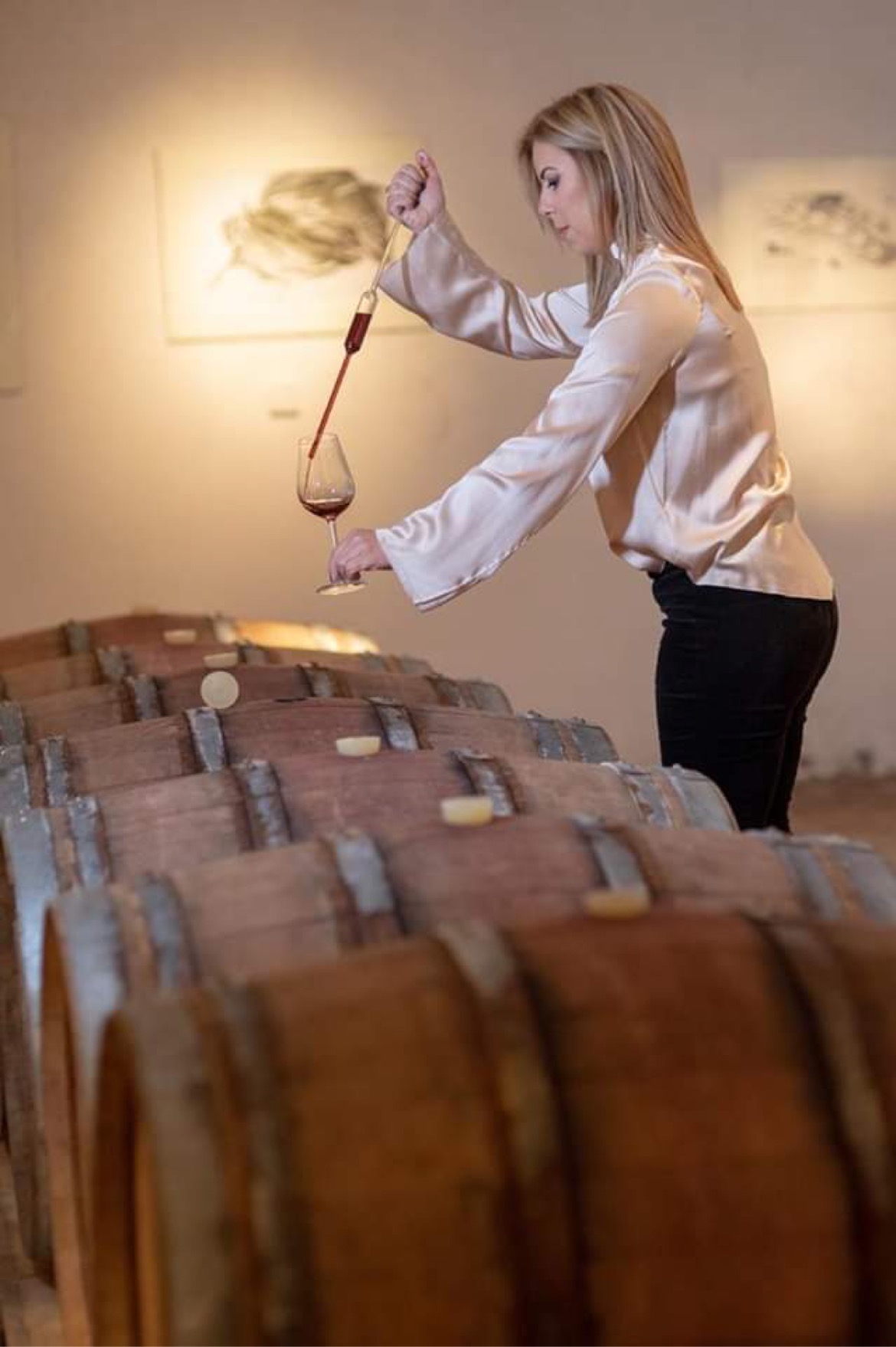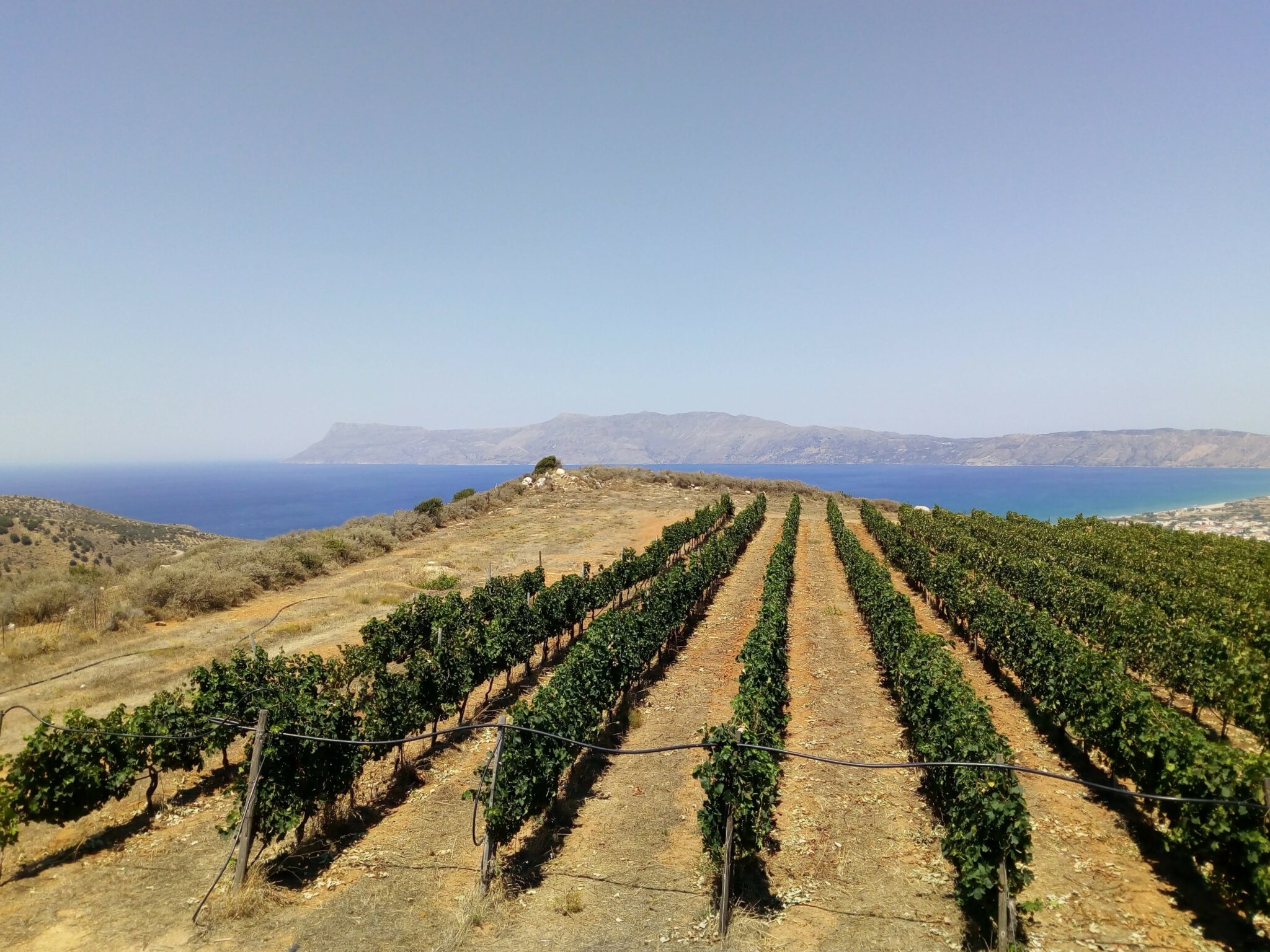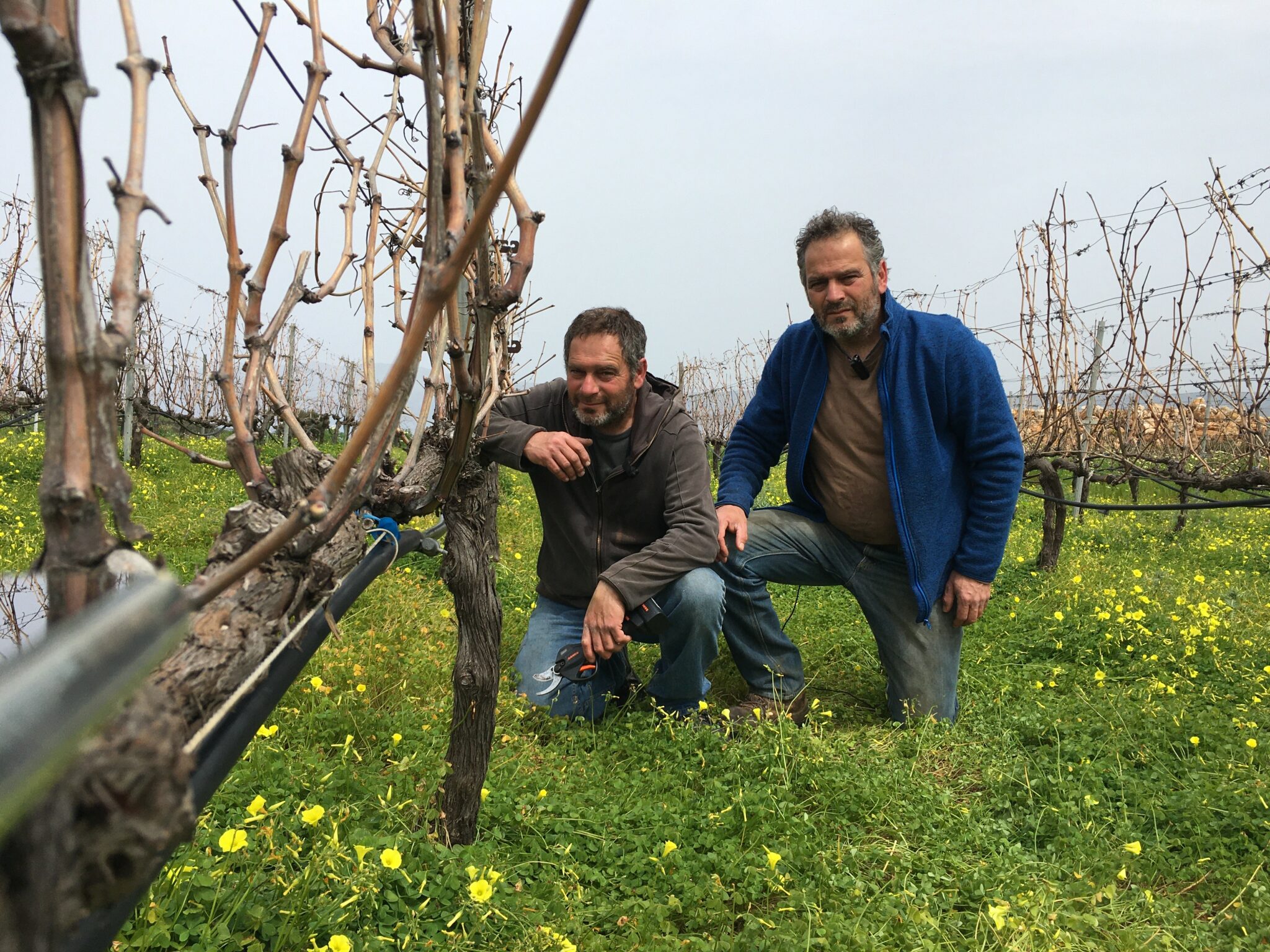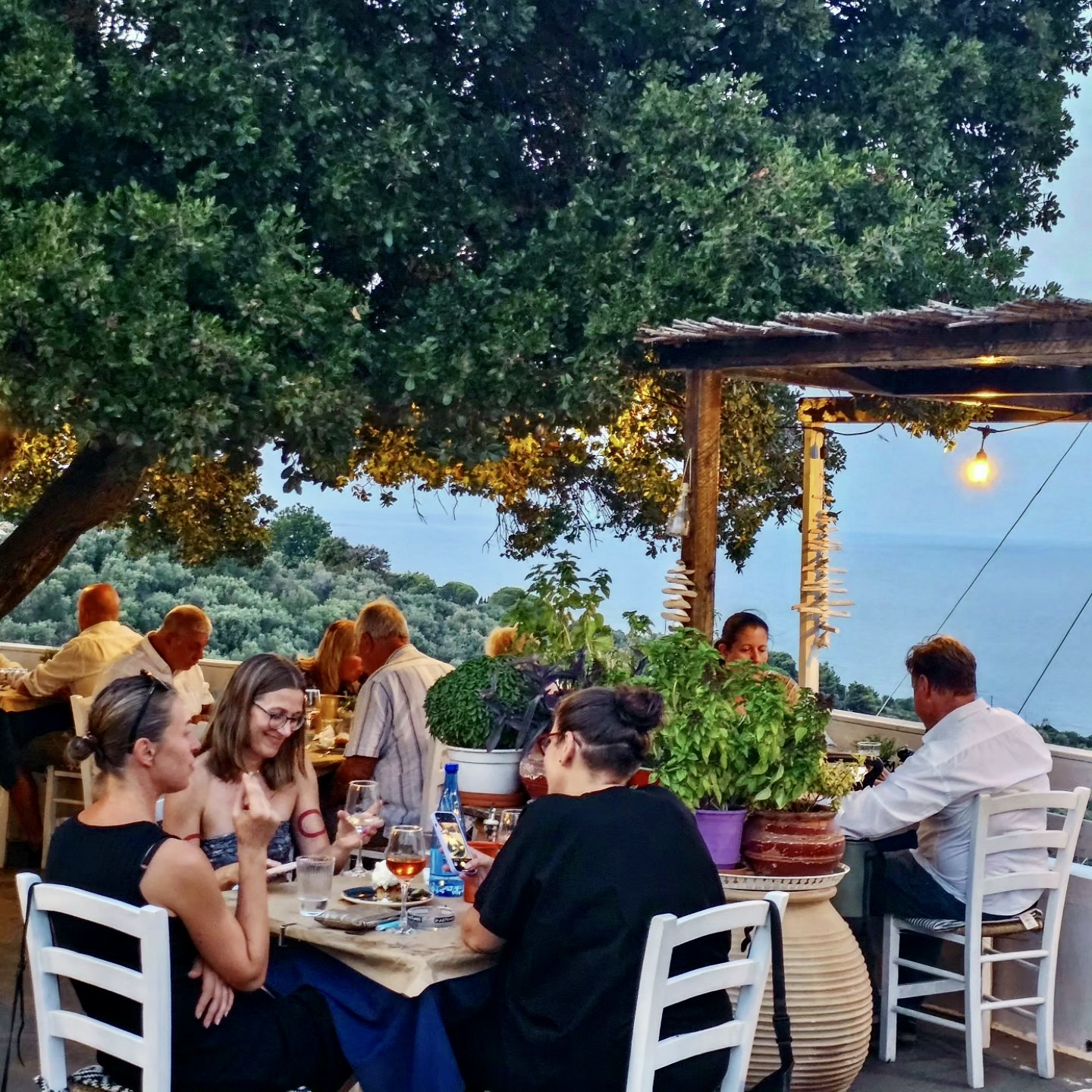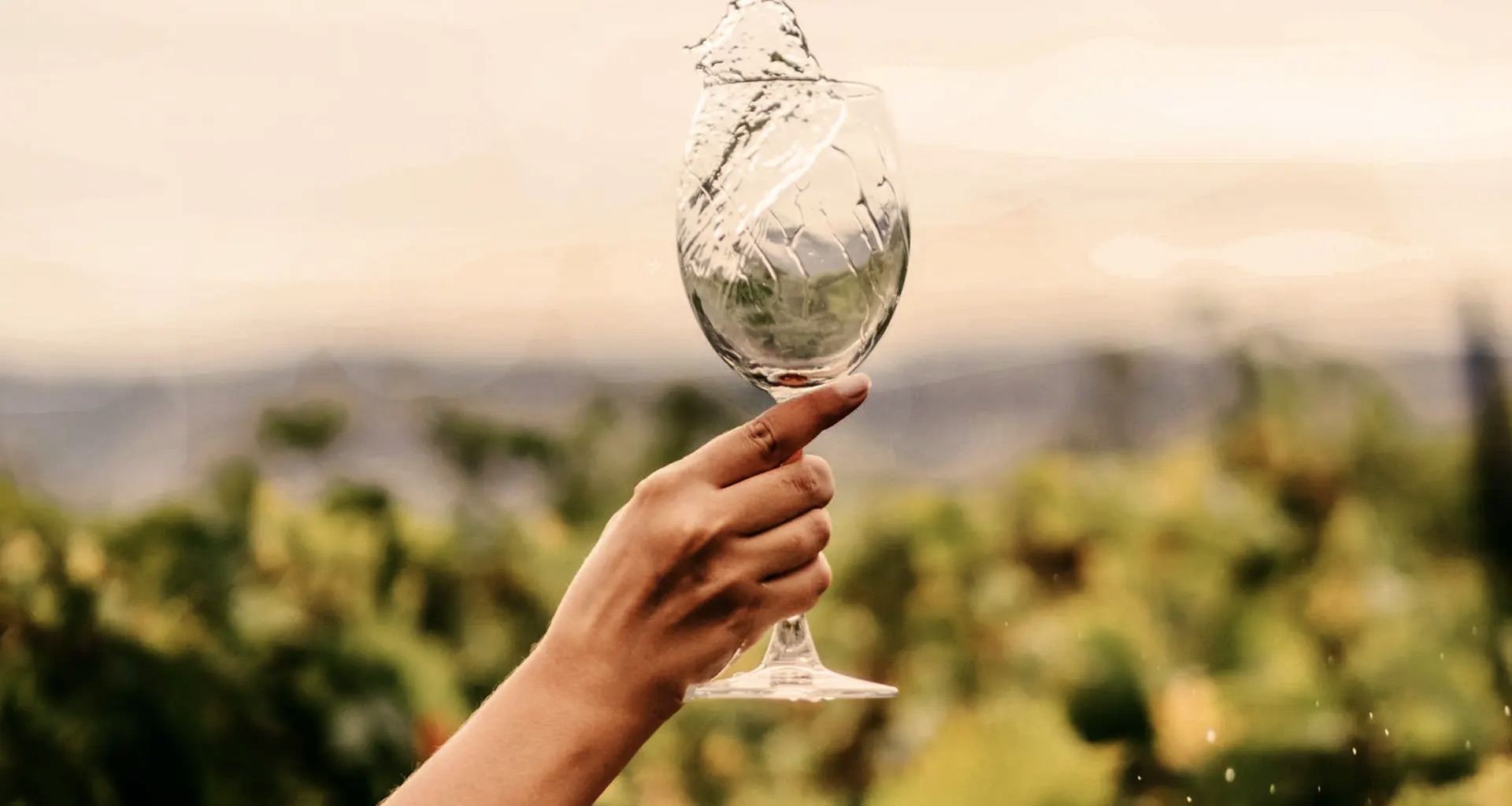The Cretan region Chania has an extensive wine-making tradition. These days, the region’s wine producers, fusing tradition with newer ways, are standing out courtesy of the quality of their work, both in the vineyard and during vinification. The Chania region, one of the island’s biggest tourist attractions, draws big numbers of visitors from both Greece and abroad. Taking this into account, wineries are aiming for wine-tourism growth.
As you’d expect, wineries are scattered throughout the region. For wine enthusiasts, rent a car of your choice from Avis and visit as many as your heart desires, stocking up on fine vintages along the way.
Landscape and vineyards
The Chania region, situated on the western side of Crete, hosts Lefka Ori, or the White Mountains, peaking at 2,000 metres and covering the majority of the area, as its most distinctive feature. The Hania region has abundant greenery, making it the island’s coolest region. The cooler temperatures have been attributed to the combined effect of two factors, the Lefka Ori’s role in trapping air masses headed eastwards, resulting in frequent rainfall, as well as the mountain’s standing as a natural barrier that prevents hot winds from influencing the climate, especially in Chania’s northern section, which is home to the majority of the region’s vineyards. The northern location of the vineyards, along with meltemia summer winds experienced by the Aegean Sea islands, offers additional relief during hot weather conditions in the Mediterranean’s south. Most of the Chania region’s vineyards are located at altitudes ranging between 200 and 500 metres, west of the town Chania, the regional unit’s capital. The region also hosts a significant number of vineyards at sea level, as well as at levels of 900 metres.
Winemaking history
The Minoan civilisation played a key role in the development of the region’s viticulture and winemaking skills. Chania’s winemaking expertise and wines were taken from Crete to the islands of the Aegean Sea, and, from there, to the Greek mainland, becoming inextricably linked to the Mediterranean way of life. Wine self-production experienced particular growth in the Chania region, leading to the preservation of local grape varieties and old vineyards. Traditionally, grapevines have been shaped as shrubs. This technique offers lower-cost installation and also protects grapes from the harshness of the sun, a danger that can result in sunburnt grapes and bitter-tasting wine. Wine self-production led to the establishment of a particularly interesting type of wine, Mouravas, an oxidative wine primarily produced with red Romeiko grapes.
Modern-day vineyards
Even though viticulture and winemaking in the Chania region have roots dating back thousands of years, a more organised, professional approach was not adopted until much later on. This could be attributed to the region’s tradition of self-sufficiency. Over the ages, virtually every family has maintained its own vineyard, producing wine for the household and achieving self-sufficiency to a great extent. This tradition helped preserve many old vineyards, nowadays capable of yielding wines of special concentration and complexity. It also ensured the preservation of the traditional Mouravas-style wine, now also being produced professionally. The red Romeiko grapes used to make this wine are grown in the Chania region. The Moschato Spinas white grape variety is also produced in Hania. The region has also yielded superb wines made with imported grape varieties, namely Rodanos, Syrah, Grenache, Mourvèdre, and Roussanne. In addition, two red grape varieties, Kotsifali and Mandilaria, as well as the white grape varieties Vilana, Thrapsathiri, Athiri, Asyrtiko and Malvasia Aromatica are also particularly interesting.
Geographical indication protection
Wines produced in the Chania region are entitled to Protected Geographical Indication (PGI) Chania status or more general PGI Crete status. The latter category is usually chosen when a proportion or all of the grapes used for a wine’s production hails from neighboring regions. The smaller PGI Kissamos category covers the area where Romeiko grapes are dominant. For the time being, no Protected Designation of Origin (PDO) status has been established for wines of Chania.
Wine tourism, gastronomy and culture
Chania, the capital of the region with same name, located in its north, is one of Crete’s most picturesque cities. Its port area and charming alleys attract large numbers of visitors. The region’s vineyards may be easily reached from the town. The majority are located southwest of the city. The Hania region’s wine producers have fused local tradition with modern ways, creating elegant, hospitable facilities.
The Chania region offers special gastronomic interest through an array of local delicacies that may be enjoyed as fine wine pairings. These include kalitsounia (pastries with myzithra cheese and local herbs), Sfakia-style pies, hohlioi boubouristoi (snails in the skillet with olive oil, vinegar and rosemary), gamopilafo (meat and rice pilaf), grilled kid goat, apaki (cured pork loin), various yellow cheeses, as well as fresh fish and seafood.
Chania’s regional attractions include the main town’s old Venetian port, archaeological museum, old municipal market, the Samaria gorge, and many beaches.
Manousakis Winery
The Manousakis Winery, located on the outskirts of the Vatolakkos area, was founded by Theodoros Manousakis, who is based in the USA but established the facility as a means of reestablishing contact with his homeland. His daughter, Alexandra, now lives in Chania and devotes time to the running of the winery. It produces wines of exceptional potency and complexity, made with Rodanos varieties. The winery’s Nostos Blend fuses Syrah, Mourvèdre, Grenache Rouge and Roussane, varieties cultivated at altitudes ranging from 320 to 600 metres. The winery’s Nostos Romeiko is a Blanc de Noirs wine, or white wine made with red grapes, the local Romeiko variety, offering lively acidity and freshness. The winery’s Nostos Rosé, a crisp rosé culminating with mild sweetness, results from a blend of three varieties, Grenache Rouge, Romeiko and Syrah. The winery is open to the public and offers various tour packages. Bookings in advance are highly recommended as a result of the high demand. Tours are offered in both Greek and English. Also, a restaurant functions at the Manousakis Winery’s facilities.
Address: Vatolakkos, 730 05 Phone: +30 28210 78787 Website: www.manousakiswinery.com
Karavitakis Winery
Manolis Karavitakis, a chemist-oenologist, began work on his family’s vineyard in 1998, an effort that led to the development of a modern winery. The venture is now headed by his son, Nikos, also a chemist. Greek and imported grape varieties are cultivated at the family-owned vineyard. The winery is situated between vineyards and olive groves, at the top of the Kolybari area’s hills. The winery’s Elia Blend, fusing Rodanos varieties (Syrah, Grenache, Carignan) and left to mature for between 11 and 14 months in French and American oak barrels, is a standout wine. Kompsos Liatiko, a fruity wine with a light red colour and delightful sweet-spice touches, may be enjoyed chilled alongside cheese platters or pastas with tomato sauces. The Karavitakis Winery’s kLIMA VIDIANO, a stylish, sophisticated white wine made with the local Vidiano grape variety, is matured in 500-liter oak barrels, porcelain amphorae and stainless steel tanks. It is an ideal wine for seafood meze and fish dishes. The winery is open for visits during operating hours as well as upon arrangement. English-language tours are also available. The winery plans to launch a restaurant in 2024.
Address: Pontikiana, 730 02 Phone: +30 28240 23381, +30 6974 323852 Website: www.karavitakiswines.com
Dourakis Winery
Oenologist Andreas Dourakis founded the Dourakis Winery in 1988 at Alikabos, at an altitude of 350 metres. Its grapevines are planted on slanted, rocky ground between the Cretan sea and the Lefka Ori slopes. Organic farming practices are applied. The winery’s Lihnos Vidiano wine beautifully blends floral and lemon aromas. The Dourakis Winery produces two special Romeiko variety-based wines, Cassiopeia Romeiko, a sparkling wine, and Euphoria Romeiko, a sweet wine. Campania’s (southwestern Italy) classic winemaking method is applied for the Cassiopeia Romeiko to result in a sparkling wine with delicate bubbles, high acidity and gentle floral aromas. The sweet Euphoria Romeiko, produced with sundried grapes, offers rich citrus, honey and caramel butter aromas. This winery is open to the public, from 11:00 to 19:00 between mid-April and mid-November, and upon arrangement during all other periods. A restaurant functions at the winery. Presentations are also offered in the English language.
Address: Alikabos Apokoronou, 730 07 Phone: +30 2825051761 Website: www.dourakiswinery.gr
Endochora Winery
A small-scale facility, the Endochora Winery produces a total of 10,000 bottles annually. It maintains two vineyards, both owned by the winery, at the Apokorona and Kerameia locations. Three local grape varieties, Kotsifali, Romeiko and Vidiano, are dominant, while some Syrah plantations also feature. The winery’s low production, mild intervention and use of organic winemaking practices help highlight the terroir. The winery’s white wine made with Vidiano highlights this Cretan grape variety’s fruity character. During its making, this white wine is kept with its sediment for five months, an approach offering body, aroma complexity and oily texture. The winery also makes a red wine using the local Kotsifali grape variety, which yields a full bodied wine with fruity aroma and fine herbal touches, as well as a light rosè with the Romeiko variety. This winery is open to the public upon arrangement only. Presentations in English are available. It offers facility tours and wine-tasting, at the vineyards, for small groups.
Address: 7 Emmanouil Pibli, Chania, Crete Phone: +30 6979698169
Anoskeli Winery
The Mamidakis family founded the Anoskeli Winery in 1983 at the village Anoskeli, situated 260 metres above sea level, west of Chania. Besides maintaining a vineyard and producing wine, the family also produces extra virgin olive oil extracted from the renowned Koroneiki olive variety. The winery’s Ano Plagia wine, produced through a blend of two varieties, Asyrtiko and Malagouzia, pairs well with seafood and fresh salads. Its 200 label, a special edition commemorating the Greek Revolution’s 200th anniversary, in 2021, is a single-varietal white wine made with Asyrtiko grapes, offering high acidity and a buttery aftertaste. The winery’s Stone Wine label, a red wine limited to just 300 bottles per year, blends five different Romeiko harvests for sophisticated fruity, caramel flavours. The enterprise is open to the public for presentations of its winery and olive press facilities, in Greek and English. Bookings in advance are preferred.
Address: Anoskeli Platania, 730 02 Phone: +30 2824083126 Website: www.anoskeli.gr
Loupakis Winery
The Loupakis Winery is located at the semi-mountainous Platania area, at the top of the Gra-Lygia hill, enjoying shade offered by the Lefka Ori mountains and a view of the Cretan sea. The siblings Miltiadis and Aspasia Loupakis took on their family’s winemaking tradition, developing the winery into an exemplary modern facility for standardised production. Miltiadis Loupakis, an oenologist, maintains the venture’s family vineyards, covering 3 hectares and hosting four grape varieties, Vilana, Kotsifali, Mantilari and Cabernet Sauvignon. The winery’s standout labels include Kokkini Korfi, a Cabernet Sauvignon matured over 12 months in oak barrels. It is a perfect match for meat dishes. The winery’s Hadi Erythros label, a red wine resulting from a new winemaking method applied to the Kotsifali variety, is ideal for lighter meals, such as pasta dishes with tomato sauces. The Hadi Lefkos, a white wine made with the Vilana grape variety, is best when chilled, perfect for Crete’s hot summer days. This winery may be visited upon arrangement. Presentations are offered in Greek, English and French.
Address: Kares village, Platania, 730 02 Phone: +30 6945266287 Website: www.facebook.com/profile.php
Pateromichelakis Winery
The Pateromichelakis family’s engagement with viticulture and winemaking stretches back to the mid-19th century. Early on, the family cultivated grape varieties such as Romeiko, Liatiko and Moschato Spinas at a 5-hectare expanse. In 1930, a phylloxera pest vineyard attack forced the family to turn to olive oil production. The Pateromichelakis family made a return to wine production in 2007, when the siblings Manolis and Giannis began maintaining a 5.5-hectare vineyard, applying organic farming methods to cultivate Romeiko, Mavrotragano, Syrah, Asyrtiko and Moschato Spinas varieties. This vineyard is next to the family’s olive oil facility. Both are located at the position of the family’s original winery. The Mavrotragano, a matured, rich red wine, the Romeiko, a stylish red, as well as the (Blanc de Noirs) Romeiko, a refreshing white wine, are the winery’s standout labels. The winery currently only offers tours of the family vineyard, in Greek and English.
Address: Merada, Lousakies, Kissamos Phone: +30 6977434183 Website: www.pateromichelakis.gr
Read also:
The wines of Greece –Drama: Τhe climate, the wineries, the varieties, the labels
8 top ouzo taverns in Athens – Traditional haunts with quality seafood, ouzo and tsipouro



